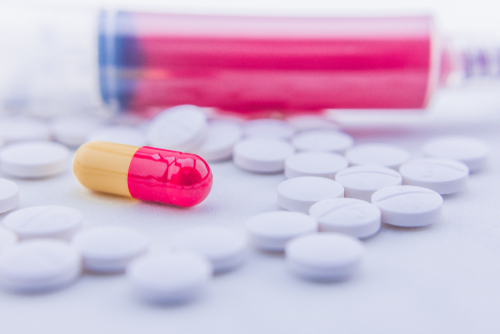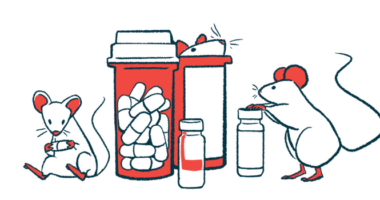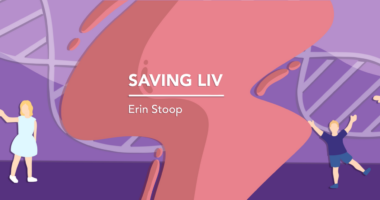New Formulations Improve Properties of Substrate Reduction Therapy Compounds, Researchers Say

New formulations based on sugar molecules may improve the properties of candidate compounds for substrate reduction therapy to treat Sanfilippo syndrome, researchers have found.
The study, “Cyclodextrin encapsulation of daidzein and genistein by grinding: implication on the glycosaminoglycan accumulation in mucopolysaccharidosis type II and III fibroblasts,” was published in the Journal of Microencapsulation.
Early studies support that genistein (GEN) and daidzein (DAD) — natural compounds present in plants like soybeans — are potential candidates to treat Sanfilippo syndrome using substrate reduction therapy (SRT).
SRT is an approach that slows down cellular production of glycosaminoglycans (GAG), the sugars that accumulate in Sanfilippo patients’ tissues and lead to cellular damage.
Indeed, preclinical studies using cells from Sanfilippo patients grown in the lab have shown that treatment with either genistein or daidzein lower the accumulation of glycosaminoglycans.
Genistein already has demonstrated promising results in a pilot study with Sanfilippo children who were treated daily with an oral genistein-rich extract (SE-2000, manufactured by Biofarm) for one year.
At the end of the treatment period, all assessed patients had significantly improved, including reduction of glycosaminoglycans in the urine and an improvement in cognitive function. No adverse effects were observed.
Genistein has since advanced into a Phase 3 trial (2013-001479-18), which is evaluating the effectiveness of a higher dose in patients aged 2 to 15 with Sanfilippo syndrome.
One important property of genistein is that it can cross the blood brain barrier — a highly selective semipermeable membrane that protects the brain from blood circulation — and potentially exert its effects directly in the central nervous system.
But for an investigational compound to eventually reach a commercialized medicine, its physical, chemical and biological properties need to be optimized to achieve maximal delivery to the target sites.
To do so, scientists can take advantage of chemical additives that enhance the properties of the compound’s active ingredient.
Researchers tested if adding a specific type of molecule called cyclodextrin to either genistein or daidzein, could enhance their properties and improve their effect on patients’ cells.
Cyclodextrins are a family of circular sugars commonly used to refine medicine formulations. Due to their basket-like structure they can accommodate (encapsulate) several active ingredients and enhance its properties, including solubility in water, stability and absorption (bioavailability).
To combine genistein or daidzein, researchers used a “green chemistry” approach, which minimized the use of hazardous chemical products.
They found that encapsulation with cyclodextrins increased water solubility of both genistein and daidzein, while keeping their therapeutic properties — a high and dose-dependent ability to reduce the amount of glycosaminoglycans in cells from Sanfilippo patients.
The same therapeutic effect was seen in cells from patients with mucopolysaccharidosis type II (MPS II).
“Cyclodextrin encapsulation did not change the intrinsically high effect of both DAD and GEN on the GAG level reduction in the treated cells. Therefore, such DAD and GEN cyclodextrin complexes could be considered as a part of combination therapies in MPS,” researchers concluded.






